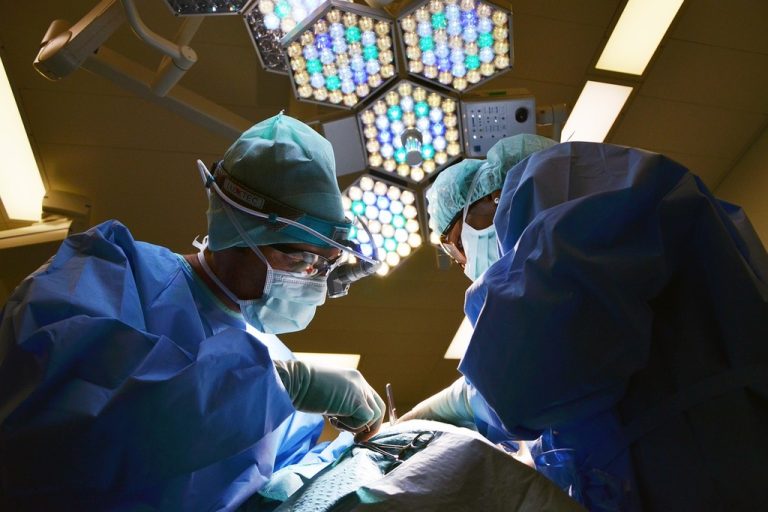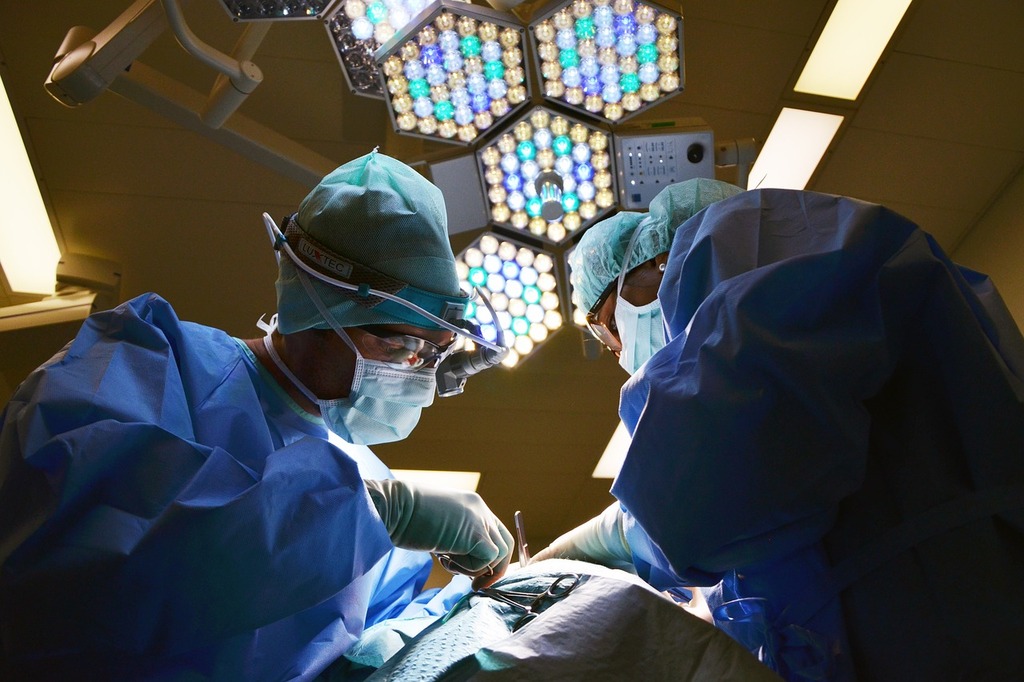
The field of medical technology is evolving at an unprecedented pace, driven by the convergence of various scientific disciplines and technological advancements. This synergy has resulted in groundbreaking diagnostic tools, treatments, and medical devices that are revolutionizing healthcare. In this blog, we will explore some of the latest breakthroughs in medical technology that are shaping the future of medicine.
1. Artificial Intelligence and Machine Learning in Diagnostics
Artificial Intelligence (AI) and Machine Learning (ML) are at the forefront of medical diagnostics. These technologies have the potential to analyze vast amounts of data with incredible speed and accuracy, leading to earlier and more precise diagnoses. For instance, AI algorithms are now being used to interpret medical images such as X-rays, MRIs, and CT scans.
One notable advancement is Google’s DeepMind AI, which has demonstrated the ability to detect over 50 eye diseases with an accuracy comparable to that of leading experts in ophthalmology. Additionally, AI is being utilized to predict patient outcomes, monitor disease progression, and even assist in personalized treatment plans by analyzing genetic data.
2. CRISPR and Gene Editing
CRISPR-Cas9, a revolutionary gene-editing technology, has opened new avenues for treating genetic disorders. This technology allows scientists to precisely modify DNA sequences, enabling the correction of genetic defects that cause diseases.
Recently, researchers have made significant strides in using CRISPR to treat conditions like sickle cell anemia and beta-thalassemia. In a landmark clinical trial, patients with these blood disorders showed remarkable improvements after receiving CRISPR-based treatments, potentially paving the way for cures for these and other genetic diseases.
3. Wearable Health Devices
Wearable technology has become an integral part of healthcare, providing continuous monitoring of various health parameters. Devices such as smartwatches and fitness trackers now come equipped with sensors that can measure heart rate, blood oxygen levels, and even detect irregular heart rhythms.
One of the latest innovations in this domain is the development of wearable ECG monitors. These devices can provide real-time electrocardiogram readings, allowing for early detection of cardiac events. Additionally, advancements in sensor technology are enabling the creation of wearable devices that can monitor glucose levels, which is particularly beneficial for diabetes management.
4. Telemedicine and Remote Patient Monitoring
The COVID-19 pandemic has accelerated the adoption of telemedicine and remote patient monitoring, transforming how healthcare is delivered. Telemedicine platforms allow patients to consult with healthcare providers from the comfort of their homes, reducing the need for in-person visits.
Recent advancements in this field include the integration of AI and data analytics into telemedicine platforms, enhancing the quality of virtual consultations. Remote patient monitoring devices, such as smart blood pressure cuffs and pulse oximeters, transmit real-time data to healthcare providers, enabling continuous monitoring and timely interventions.

5. 3D Printing in Medicine
3D printing technology is making significant inroads in the medical field, with applications ranging from custom prosthetics to bioprinting tissues. This technology allows for the creation of patient-specific implants and prosthetics, improving the fit and functionality of these devices.
One of the most exciting developments in 3D printing is the bioprinting of tissues and organs. Researchers have successfully printed skin, bone, and even heart tissue, which holds promise for future organ transplants. While fully functional 3D-printed organs are still in the experimental stage, the progress made so far is a testament to the potential of this technology.
6. Robotics in Surgery
Robotic-assisted surgery is revolutionizing the way surgical procedures are performed. Robots offer unparalleled precision, dexterity, and control, allowing surgeons to perform complex procedures with minimal invasiveness.
The da Vinci Surgical System is one of the most widely known robotic surgery platforms, enabling procedures in areas such as urology, gynecology, and cardiothoracic surgery. Recent advancements include the development of autonomous robotic systems capable of performing certain tasks independently, potentially reducing the risk of human error and improving surgical outcomes.
7. Nanomedicine
Nanomedicine involves the use of nanoparticles for diagnosis, treatment, and monitoring of diseases. This field leverages the unique properties of nanoparticles to deliver drugs directly to targeted cells, enhancing the efficacy of treatments while minimizing side effects.
Recent breakthroughs in nanomedicine include the development of nanoparticles for targeted cancer therapy. These nanoparticles can deliver chemotherapeutic agents directly to tumor cells, reducing damage to healthy tissues. Additionally, nanoparticles are being explored for their potential in early disease detection and monitoring, offering new possibilities for managing chronic conditions.
8. Regenerative Medicine and Stem Cell Therapy
Regenerative medicine aims to repair or replace damaged tissues and organs, and stem cell therapy is at the forefront of this field. Stem cells have the unique ability to differentiate into various cell types, making them ideal for regenerative purposes.
Recent advancements include the successful use of stem cells to treat spinal cord injuries, heart disease, and certain types of blindness. Researchers are also exploring the potential of using induced pluripotent stem cells (iPSCs), which are derived from adult cells and reprogrammed to an embryonic-like state, offering a promising avenue for personalized medicine.
9. Next-Generation Sequencing (NGS)
Next-Generation Sequencing (NGS) has revolutionized genomics by allowing the rapid sequencing of entire genomes at a fraction of the cost of traditional methods. This technology is instrumental in understanding the genetic basis of diseases and developing targeted therapies.
Recent developments in NGS include the ability to sequence single cells, providing insights into cellular heterogeneity and disease mechanisms at an unprecedented resolution. This has significant implications for cancer research, where understanding the genetic diversity of tumor cells can lead to more effective treatments.
Conclusion
The rapid advancements in medical technology are transforming healthcare, offering new hope for patients and redefining the possibilities of modern medicine. From AI-driven diagnostics and gene editing to wearable devices and regenerative medicine, these breakthroughs are paving the way for a future where diseases can be detected earlier, treated more effectively, and even cured. As these technologies continue to evolve, they hold the promise of improving the quality of life for millions of people worldwide. The future of healthcare is undoubtedly bright, with medical technology leading the way towards a healthier, more connected world.